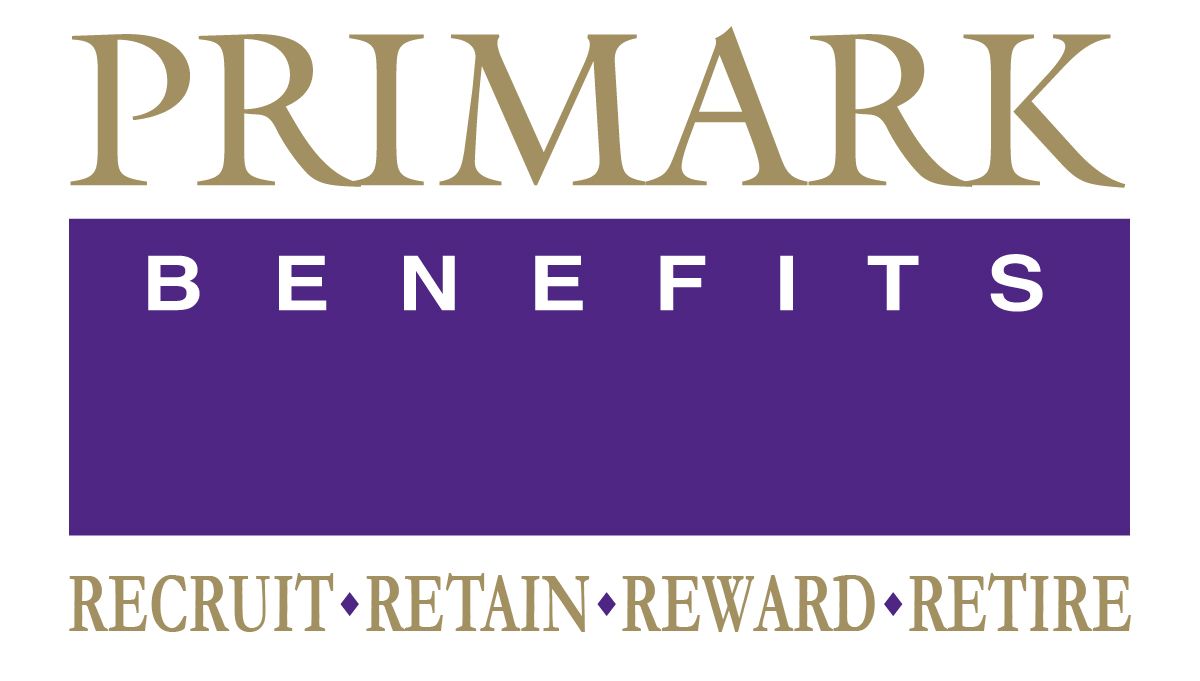How to "Break" a Retirement Plan: Part I
Welcome to our new series, How to “Break” a Retirement Plan, where we discuss what leads to a retirement plan being categorized as “broken,” ways to fix broken plans, and compliance tips for how to avoid a broken plan in the first place.

Some retirement plans fail in dramatic fashion. Others fail quietly, over years, until one day the sponsor realizes they’re in deep trouble. In many cases, the issues begin with the foundations of the plan itself: the type of plan chosen, how contributions are handled, the payroll processes that support it. If these building blocks aren’t set up correctly from the start, problems can accumulate until they become costly, or even unfixable.
Here are some of the most common structural missteps that can put your plan on the wrong track from day one:
Selecting (or choosing) the Wrong Type of Plan
There are more than 20 different types of retirement plans available, including 401(k) and profit-sharing plans to defined benefit and cash balance plans. While all of them can be powerful tools, they’re not one-size-fits-all, no matter what some big providers would have you believe.
If a business selects the wrong type of plan - say, a traditional 401(k) when a cash balance plan would have better matched the owner’s savings goals - it can create participation challenges, unnecessary costs, or compliance problems down the road. For example, a business with high employee turnover may struggle to meet nondiscrimination requirements in a 401(k), while a plan design that ignores owner-only goals could limit tax savings opportunities.
The takeaway: plan selection should be a strategic decision, not just a box to check.
Uncashed Distribution Checks
When participants leave an employer and request distributions, the plan issues them checks. Sometimes, those checks never get cashed. It may seem like a small nuisance, but uncashed checks create major headaches for the employer:
- They leave unresolved participant balances on the books.
- They increase administrative burden each year as the plan must track and reissue payments.
- They expose the plan sponsor to fiduciary risk if a participant claims they never received their money.
The Department of Labor has made clear that plan fiduciaries are responsible for locating missing participants and ensuring they receive their benefits. Simply letting checks pile up is not an option.
Late Deposit of Employee Contributions
Employee salary deferrals must be deposited into the plan as soon as they can reasonably be segregated from the employer’s assets. For large employers, this is often the same day as payroll. For smaller employers with fewer than 100 participants, the Department of Labor offers a safe harbor of seven business days.
Late deposits, even if unintentional, are considered prohibited transactions. Prohibited transactions are subject to correction, excise taxes, and IRS/DOL scrutiny. Repeated lateness can even trigger an audit.
This is one of the most common ways otherwise healthy retirement plans get flagged for compliance issues. Employers need strong internal processes to ensure contributions are deposited promptly, every time.
Payroll Errors
Payroll is the engine that drives a retirement plan and is accountable for 90% of plan issues. Even small errors here can ripple out into major compliance failures. Examples include:
- Failing to apply the correct match formula.
- Deducting Roth contributions but depositing them as pre-tax.
- Leaving out certain forms of compensation (e.g., bonuses or overtime) when calculating contributions.
- Missing deferrals for new hires or rehired employees.
- Misclassifying employees as independent contractors
These mistakes don’t just affect one person’s account balance: they can cause the plan to fail nondiscrimination testing or create an operational error that requires costly corrections. Since payroll is often outsourced, miscommunication between payroll providers and plan administrators is a frequent root cause.
The Bottom Line: Build the Right Foundation from the Start
Many retirement plan problems can be traced back to structural missteps such as plan design, contribution handling, and payroll processes. On the surface, these may seem like “back-office” details, but they form the bedrock of a compliant and effective plan.
If you get these basics right from the start, your plan is far more likely to run smoothly for years to come. If you don’t, even the best investment lineup or participant education program won’t save you from costly corrections and potential regulatory trouble.
The good news? With proper guidance from experienced plan administrators, these risks can be identified and resolved early, before they snowball into something unmanageable. Everyone makes mistakes, and the government actually wants you to fix them. Experienced TPAs and ERISA attorneys can guide you through the correction process, typically at a much lower cost than if the government uncovers the mistake on its own.




